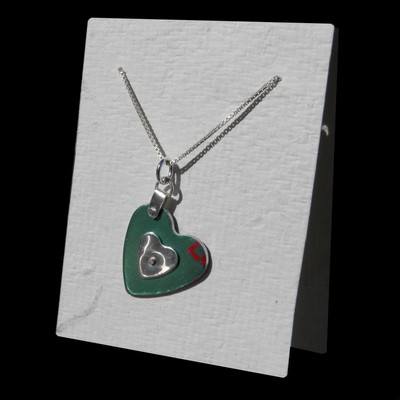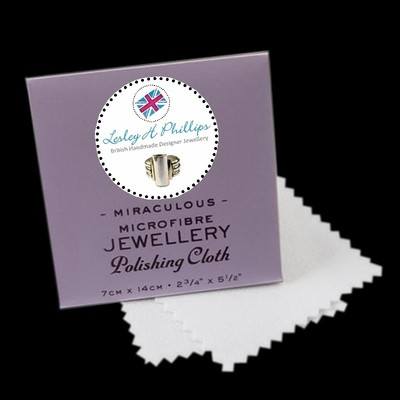Working with Aluminium for Jewellery
Posted on
Having spent several months creating the Collection of Colourful Jewellery, I felt it would be a useful blog post to explain a little about the facts and care of working with anodised aluminium.
It is an entirely different procedure working with aluminium vs silver. The aluminium is purchased in large sheets and if you're lucky pre-anodised. It's a complex process to anodise aluminium and having tried it - burnt my hand with battery acid, felt it wise to buy it ready anodised. This layer is a very thin (much less than a mm thick). So, if it were to be handled roughly, the layer can be scratched.
Purchasing - Aluminium has the advantage that is it lighter than silver and can produce larger designs, for instance for earrings without dragging your ear lobes. It can be purchased in pre-cut shapes - something which I do not do as the depth is only 0.5mm and to me, appears a little flimsy. I prefer working with a 1mm depth of sheet to give a design which won't distort or become mis-shapen. The dyes are bought in packets and mixed with distilled water.
Handling - It is porous and therefore before dying must be handled with extreme care. Any grease (mostly from fingertips!!) will prevent the dye taking - so clean gloves every time are paramount.
Joining - The main difference I find, having worked with silver is that it can't be soldered and therefore any joins must be made using a rivet system.

As you can see from this image above, I have used 2 rivets. One to join the small silver heart to the larger coloured aluminium heart and a method of ensuring that soldered rings are used to accept the neck chain.
Colouring - this is limited only by imagination! The dyes can be used in their original colour or mixed together, or they can be used one after another. To use one after the other, the sheet has to be dried in between each application, otherwise the effect will be the same as mixing the dyes together.
Sealing - When I've finished with the sheet, I then have to seal the colours. Until the time it is sealed, then I still can't handle it without gloves. It needs steaming for approximately 3/4hr and once this process has been completed, it can be handled and worked on.
Aftercare - Because I marry the aluminium with silver, I have a multpurpose care cloth available. It means that the silver can be polished without getting harmful chemicals onto the dyed designs

I love what can be achieved with just a flat sheet of metal and my designs have already proved to be very popular. It's my intention to continue building this Collection and I hope you have found the above summary of what has to be done before your beautiful jewellery is created informative.
Lesley x


Add a comment: